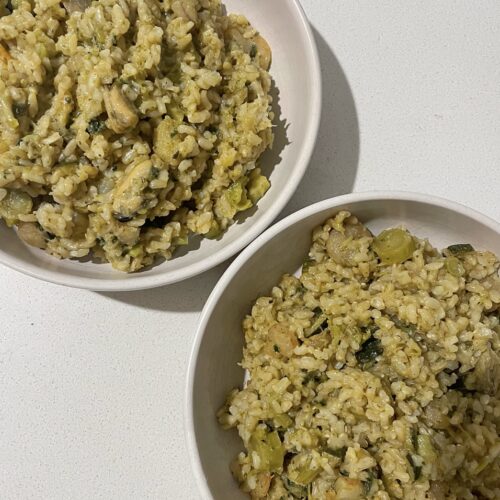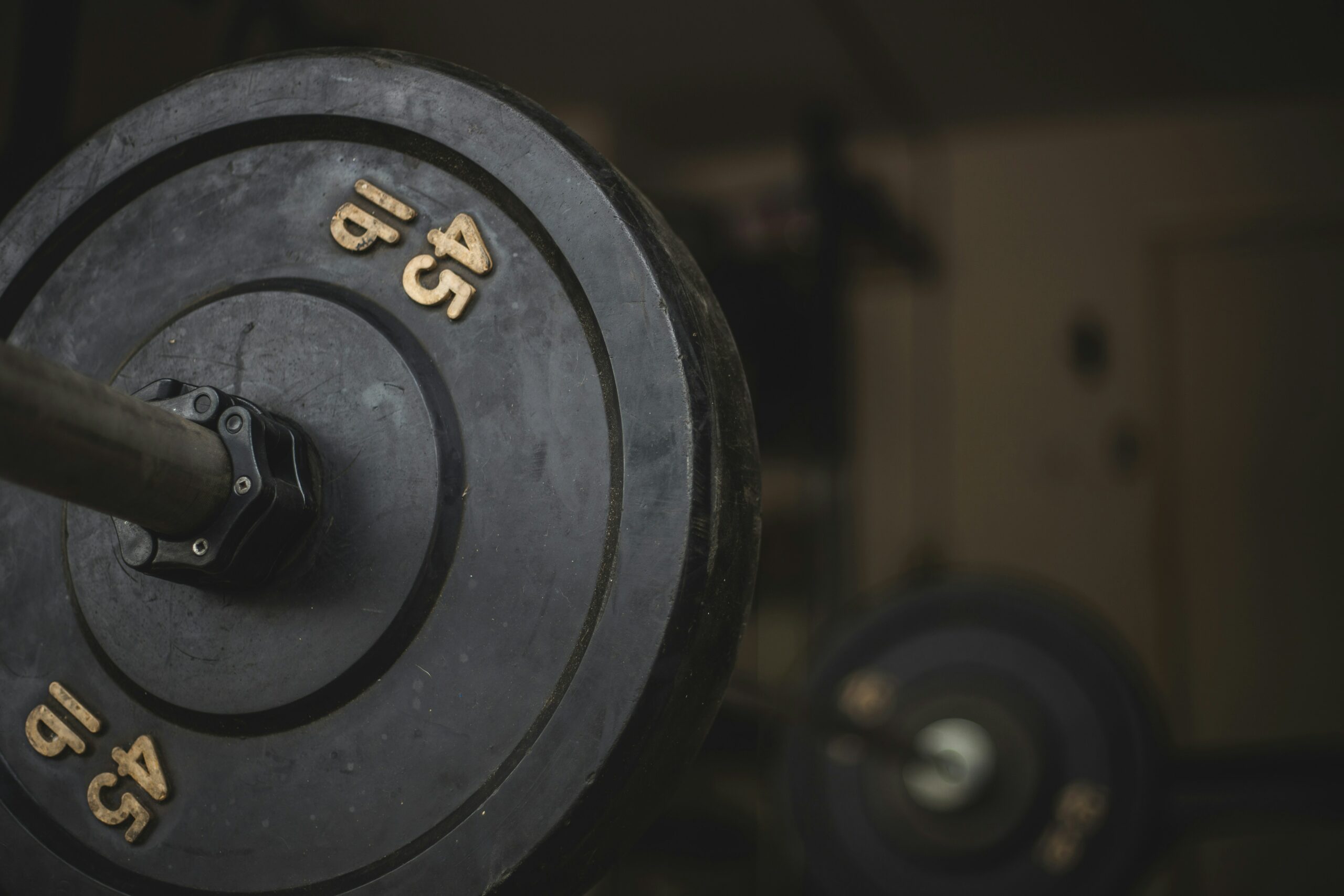
Seafood brown rice risotto
Seafood brown rice risotto I'm not a seafood lover myself,...

As a former personal trainer with experience in many different forms of training, I can conclude that there is a best type of exercise you can do. However, the answer is not the same for everyone.
There are two questions you need to authentically answer when understanding what type of exercise is best for you.
There have been many times in my almost 10 years of gym experience where I have failed to exercise in a way that supports my lifestyle. The most common reason being that my goals and desires were out of alignment with my bodies needs within my lifestyle. I used to work as an assistant nurse while I was studying and that required a lot of time on my feet and lots of lifting, rolling and pushing. However, my goal at the time was not wellbeing focused, but body image focused (I wanted abs). This desire led me to workout in the gym everday (something I genuinely really enjoyed). I did get abs, but in return I had hormonal imbalances from the stress that was on my body from constant heavy lifting, physical activity and low body fat.
So how can you lift to your lifestyle? The general recommendation for optimal health is a mixture of low to high intensity cardio for 30-60 minutes everyday combined with lifting weights 2-4 times per week. This is a great rule of thumb but there can be slight changes in focus depending on your career and other lifestyle factors. For example, someone who works a sit-down job should exercise differently to a labourer, and someone who has a chronic health condition should exercise differently to someone who is in full health. This forces us to explore a term called ‘bio-individuality’, meaning that each person can have different needs based on their lifestyle, health, goals, desires and upbringing. Let’s explore a few common examples.
If you have a physically demanding job (labourer, nurse, cleaner ect…) I would recommend trying a bigger focus on low-moderate intensity cardio (walking), minimising high intensity cardio and including strength training 2-3 times per week at 70-80% intensity. This is because with your job being so physical it would likely get your heart rate up moderately regularly so including a lower intensity cardio regularly can help you to maintain your energy levels. With a physical job it is important to maintain strong muscles and correct any imbalances to prevent workplace injuries, which is why it would be important to strength train as well.
For those who have sit-down jobs I would recommend trying to focus on moderate to high intensity cardio (hiking, cycling, swimming, running, sport) combined with strength training 3-4 times per week at an 80-90% intensity. Not moving can actually cause more fatigue, so to move your body and use your muscles as much as you can with a sedentary job can be beneficial to your energy levels for other areas of your lifestyle.
For new mums or people with chronic health conditions who need to preserve energy, I would recommend a focus on low intensity cardio combined with slow and controlled strength training (pilates, tempos) at a 50-70% intensity. This will help to energise you without spending all of your energy.
Are you starting to understand the bigger picture?
So how do you know when your exercise isn’t supporting your wellbeing?
If you’re wanting to learn more about how to exercise for your wellbeing, book a free initial health consultation with me today.
Seafood brown rice risotto I'm not a seafood lover myself,...
Weetbix Tiramisu cup Cream is without a doubt one of...
Pesto chicken, lentil and quiona salad This salad is delicious...

Hi, I’m Mel!
Are you looking for a holistic & integrative nutrition program curated just for you?